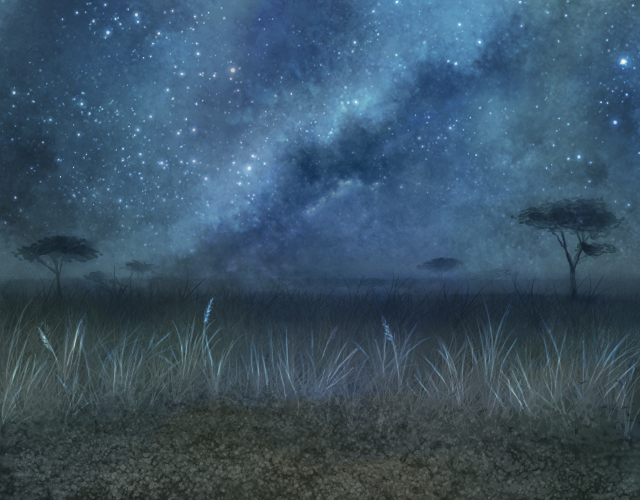Fallow 🦌
 |
 |
This lioness gave birth in the past two years. She is on a breeding cool down and will be breedable again in 2 real life days.
| Lion Stats | |||
| Experience |
9935 / 13310 (74%)
|
||
| Level | 12 | ||
| Strength | 67 | Speed | 70 |
| Stamina | 60 | Smarts | 59 |
| Agility | 57 | Skill | 24 |
| Born With: | Unknown | Total Stats: | 337 |
| Lion Currents | |
|---|---|
| Age | 11 years, 11 months old |
| Hunger |
47%
|
| Mood |
90%
|
| Sex | Female |
| Pose | Default |
| Personality | |
| Adult Stage |
|
Newborn Stage 100% Young Cub Stage 100% Cub Stage 100% Adolescent Stage 100% Adult Stage 76.282051282051% Elder Stage 0% |
| Breeding Info | ||||
|---|---|---|---|---|
| Father | 🍊Snow-cone🍊 (Deceased) | Mother | ncl mosaic twins mom (Deceased) | View Full Heritage |
| Last Bred | 21 days ago | Fertility | Low | View All Cubs Bred (0) |
| Lifetime Hunting Results | |||||
|---|---|---|---|---|---|
| Total Hunts | 125 | Successful Hunts | 125 | Success Rate | 100% |
Memory Used: 702.95 KB - Queries: 26 - Query Time: 0.00655 - Total Time: 0.01128s










